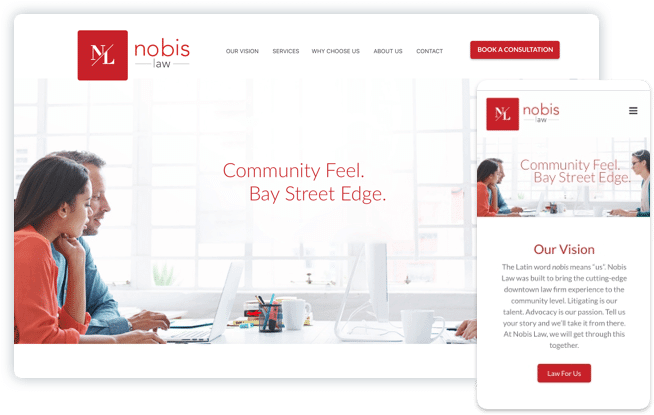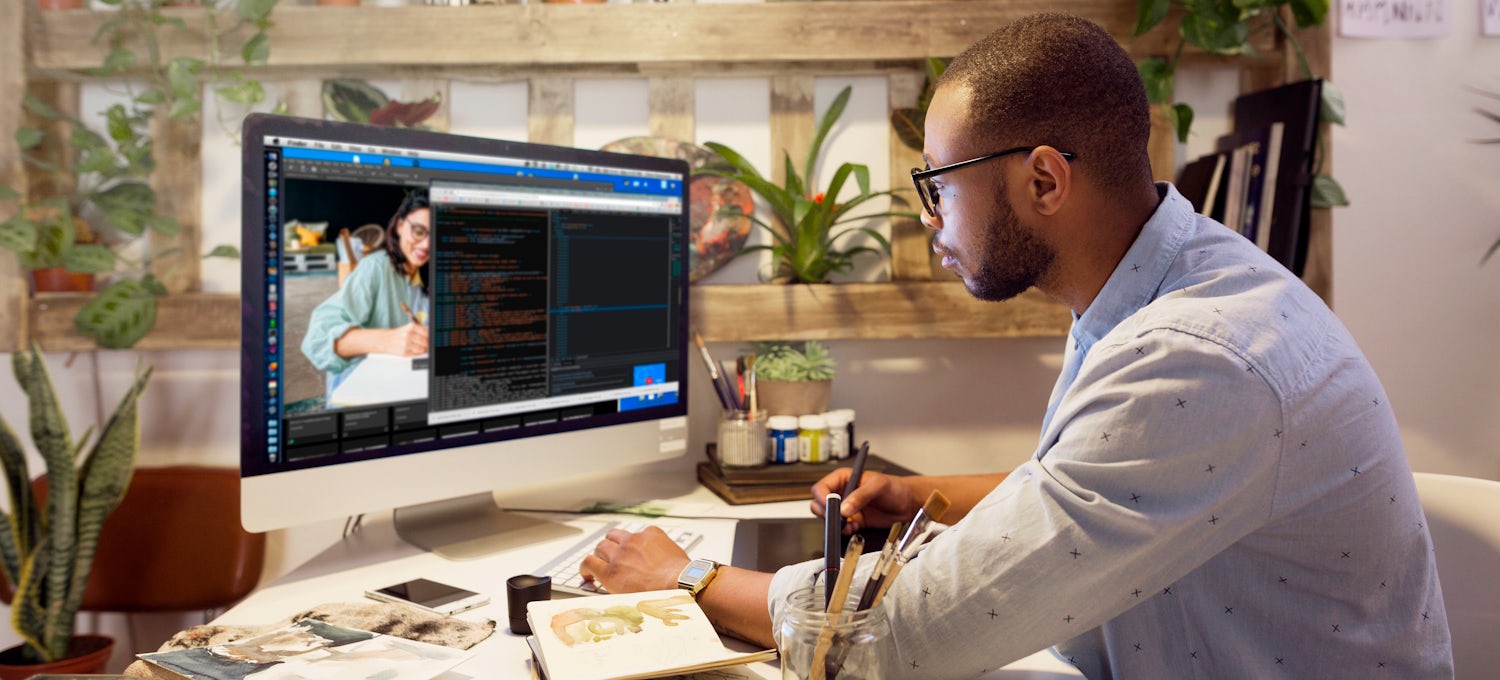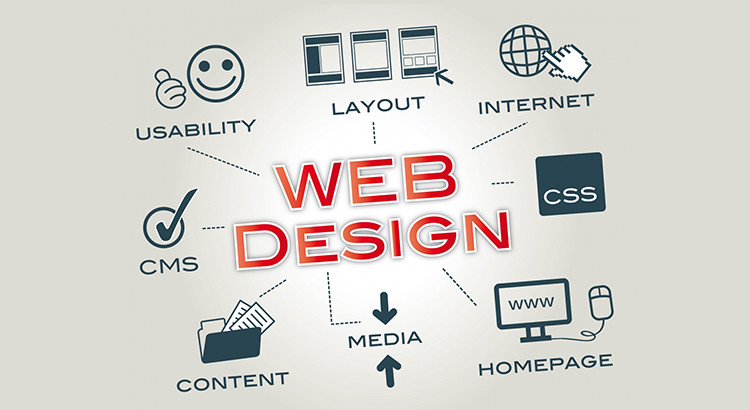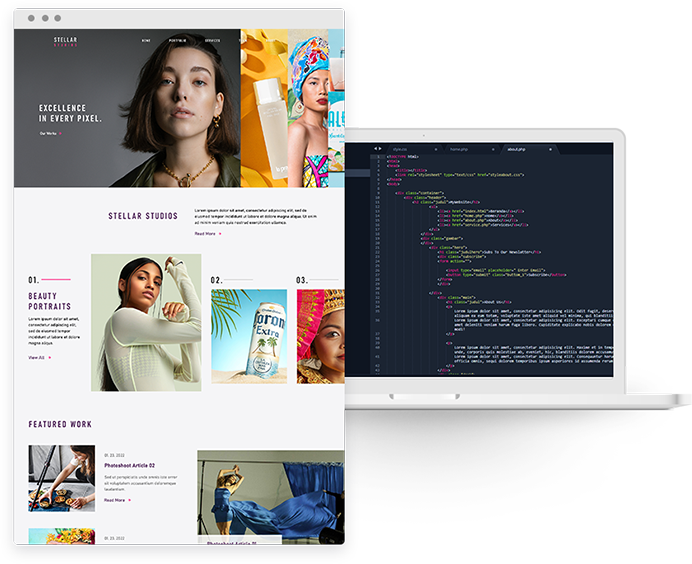Check Out the Different Kinds Of Web Design Solutions for Your Distinct Demands
In today's electronic landscape, having a properly designed site is crucial for individuals and services alike. With the myriad of web design solutions readily available, it can be overwhelming to navigate with the choices and find the one that ideal matches your distinct requirements. From receptive website design that adapts to various devices, to ecommerce website design that drives on-line sales, to individual experience (UX) design that boosts consumer fulfillment, to custom website design that brings your vision to life-- the opportunities are endless. And let's not ignore mobile app design, which caters specifically to the expanding variety of mobile individuals. So, whether you're a small company proprietor looking to establish an on the internet presence or an entrepreneur intending to revolutionize the mobile application globe, this conversation will drop light on the different types of web layout services readily available, helping you make an informed decision that straightens with your goals.
Receptive Web Style
Responsive website design is an essential aspect of contemporary web advancement that ensures web sites adapt and display seamlessly throughout different tools and display dimensions. With the enhancing use mobile phones, tablet computers, and various other mobile phones, it has actually become vital for internet sites to be easily accessible and straightforward on any display.
Receptive website design makes use of a mix of adaptable grids, layouts, photos, and CSS media questions to achieve this adaptability. It permits the site to instantly adjust its layout and web content based upon the tool's display alignment, resolution, and dimension (website design company). This suggests that users can access the website on their desktop, laptop computers, tablet computers, or mobile phones without coming across any problems or needing to zoom in or out to watch the content correctly

E-commerce Internet Design

With the boosting need for online shopping, businesses are currently concentrating on e-commerce internet layout to develop easy to use and aesthetically enticing internet sites that drive sales and enhance the consumer buying experience. Shopping website design includes numerous facets such as design, navigating, product screen, and check out procedure optimization. These aspects are critical for drawing in and retaining consumers, as well as boosting conversion rates.
A reliable e-commerce internet design begins with an efficient design that allows users to easily discover the product and services they are trying to find. Clear and intuitive navigation food selections, search bars, and filtering system options are vital for a seamless browsing experience. In addition, the product screen must display high-quality images, thorough descriptions, and client evaluations to construct trust and self-confidence in the item.
In addition, the check out procedure ought to be optimized for simplicity and benefit. A protected and streamlined settlement portal, in addition to numerous repayment alternatives, ensures a smooth transaction for the customer. Additionally, including attributes such as visitor check out, order tracking, and personalized referrals can boost the total purchasing experience.
Individual Experience (UX) Design
User Experience (UX) Design plays a vital role in developing easy to use and interesting web sites that prioritize the requirements and preferences of the target market. It involves creating and enhancing the overall experience that customers have when connecting with a web site or app. UX developers aim to boost individual complete satisfaction by boosting the functionality, ease of access, and performance of the web site.

UX developers concentrate on producing instinctive navigation, clear and concise web content, and visually appealing user interfaces. They make certain that the website is simple to understand and navigate, making sure a pleasurable and seamless individual experience.
In enhancement to boosting usability, UX design likewise thinks about the psychological facet of customer experience. Developers aim to evoke positive emotions through visual elements, such as colors, typography, and imagery, which contribute to the general individual fulfillment.
Personalized Website Design
Custom website design involves creating unique and tailor-made websites that are specifically designed to meet the specific demands and needs of a service or company. Unlike pre-designed themes or generic site designs, custom web layout supplies a tailored strategy that shows the brand identity, worths, and goals of the customer.
With personalized website design, every aspect of the website is meticulously crafted to straighten with the client's objectives. This consists of the design, color pattern, typography, photos, and total customer experience. The style process this contact form starts with a complete understanding of the client's business and target market, enabling the web developer to develop a website that successfully interacts the customer's message and engages users.
Among the essential benefits of customized web style is its flexibility. As the internet site is developed from the ground up, the web developer has total control over its capability and functions. This enables the combination of any preferred customizations, such as ecommerce functionality, material monitoring systems, or interactive aspects.
In addition, customized website design makes sure that the website is enhanced for search engines, making it much more noticeable to potential clients. By applying SEO finest techniques, such as proper keyword positioning and meta tags, the internet site can accomplish higher positions in search engine results.
Mobile Application Layout
Mobile application design includes developing visually attractive and straightforward interfaces for applications that are particularly created for smart phones. With the increasing popularity of mobile phones and tablet computers, mobile application design has become a vital facet of electronic item growth.

Visual appeal is also vital in mobile application style. The use of colors, typography, and images can develop an aesthetically pleasing interface that captures the customer's interest and enhances their overall experience. In addition, integrating brand elements and keeping consistency with the organization's aesthetic identity can help develop a solid brand presence within the application.
Mobile app layout likewise involves considering numerous technical facets, such content as gadget responsiveness, efficiency, and compatibility optimization - web design services. It is important to guarantee that the application works seamlessly throughout different gadgets and running systems, supplying a consistent experience to all individuals
Conclusion
Responsive web design guarantees a seamless experience across different gadgets, while ecommerce web style focuses on producing on the internet buying platforms. Custom-made web style provides tailored services to satisfy particular demands, while mobile app design focuses on developing straightforward mobile applications.
From receptive internet style that adapts to different devices, to shopping internet style that drives on the internet sales, to individual experience (UX) design that enhances customer contentment, to personalized internet style that brings your vision to life-- the possibilities are endless.An effective shopping internet design starts with an efficient design that enables users to conveniently discover the products or solutions they are looking for. The wikipedia reference design procedure begins with a comprehensive understanding of the client's organization and target audience, enabling the web developer to establish a site that effectively connects the client's message and involves individuals.
Responsive internet design makes certain a smooth experience across various devices, while shopping web layout focuses on creating on the internet shopping systems. Customized internet design supplies tailored remedies to satisfy specific demands, while mobile app style concentrates on producing straightforward mobile applications.